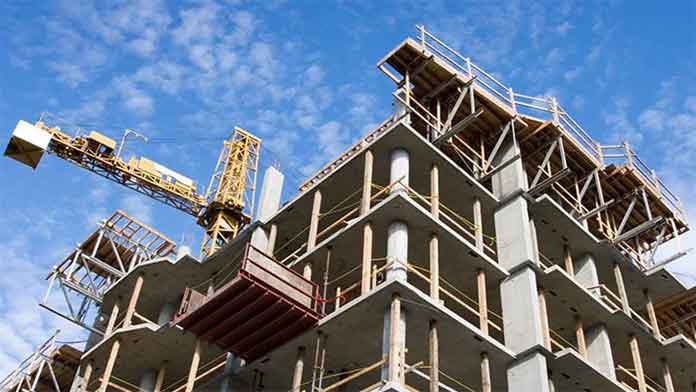New U.S. home construction rose less than expected last month, while consumer prices increased marginally, suggesting little urgency for the Federal Reserve to raise interest rates sooner as the economy steadily recovers.
The reports on Wednesday came after a series of relatively strong data, including a sharp rise in prices at the producer level, that had prompted some analysts to speculate that the U.S. central bank could be forced to raise interest rates sooner than had been initially anticipated.
The Fed is due to deliver its decision on interest rates later on Wednesday and is expected to leave lending rates unchanged near zero. It is not expected to shift from its pledge to keep them low for an "extended period."
The Commerce Department said housing starts increased 8.9 percent to a seasonally adjusted annual rate of 574,000 units. That was below market expectations for 580,000 units. However, the percentage increase last month was the largest since May.
A report from the Labor Department showed consumer prices rose 0.4 percent after 0.3 percent gain in October, pushed up by a strong increase in energy costs. But excluding food and energy, prices were flat.
"I expect more of the same from today's Fed comments. I think they'll talk up continued low interest rates and economic healing. I don't think expect them to change their tune," said John Massey, portfolio manager at AIG Sunamerica Asset Management in Jersey City, New Jersey.
U.S. stock index futures added to gains, while Treasury debt prices pared losses. The U.S. dollar fell slightly against the euro.
Prices rose 1.8 percent over the last 12 months, as expected, the first year-over-year gain since February. Core prices rose 1.7 percent over the 12-month period.
When food and energy costs were stripped away, November core prices were unchanged from the previous month, as declines in shelter costs offset gains in prices for vehicles, medical care and airline fares.
Analysts were expecting a 0.1 percent rise in core prices.
"The tame core rate will keep the Fed's stimulative policy in place," said Michael Pond, treasury strategist at Barclays Capital in New York.
October's housing starts were revised downwards to 527,000 units from the previously reported 529,000 units. Compared to the same period a year-ago, housing starts were down 12.4 percent, but way off the 54.9 percent decline seen in January.
Groundbreaking for single-family homes rose 2.1 percent last month to an annual rate of 482,000 units, after falling sharply in October. Starts for the volatile multifamily segment surged 67.3 percent to a 92,000 annual pace, reversing the previous month's plunge.
The housing sector, the main catalyst of the most painful U.S. recession since the 1930s, has been slowly improving after three straight years of decline. New home construction contributed to economic growth in the third quarter for the first time since 2005.
New building permits, which give a sense of future home construction, rose 6 percent to 584,000 units last month, the highest since November 2008. That compared to analysts' forecasts for 570,000 units. Compared to the same period a year-ago, building permits fell 7.3 percent.
The inventory of total houses under construction fell 3.2 percent to a record low of 540,000 units in November, the department said. Many analysts say inventories need to decline in order for a sustained recovery in housing.







